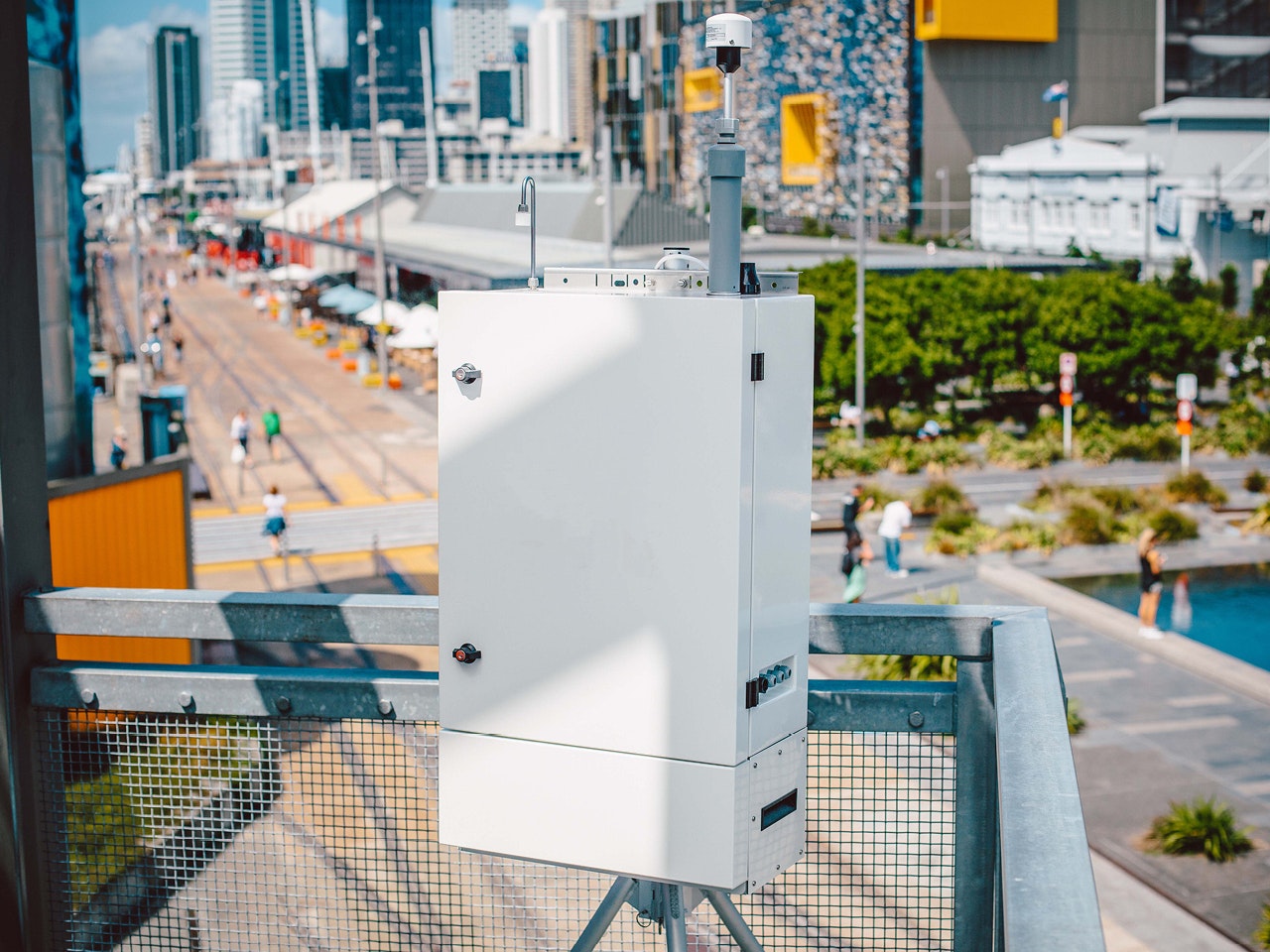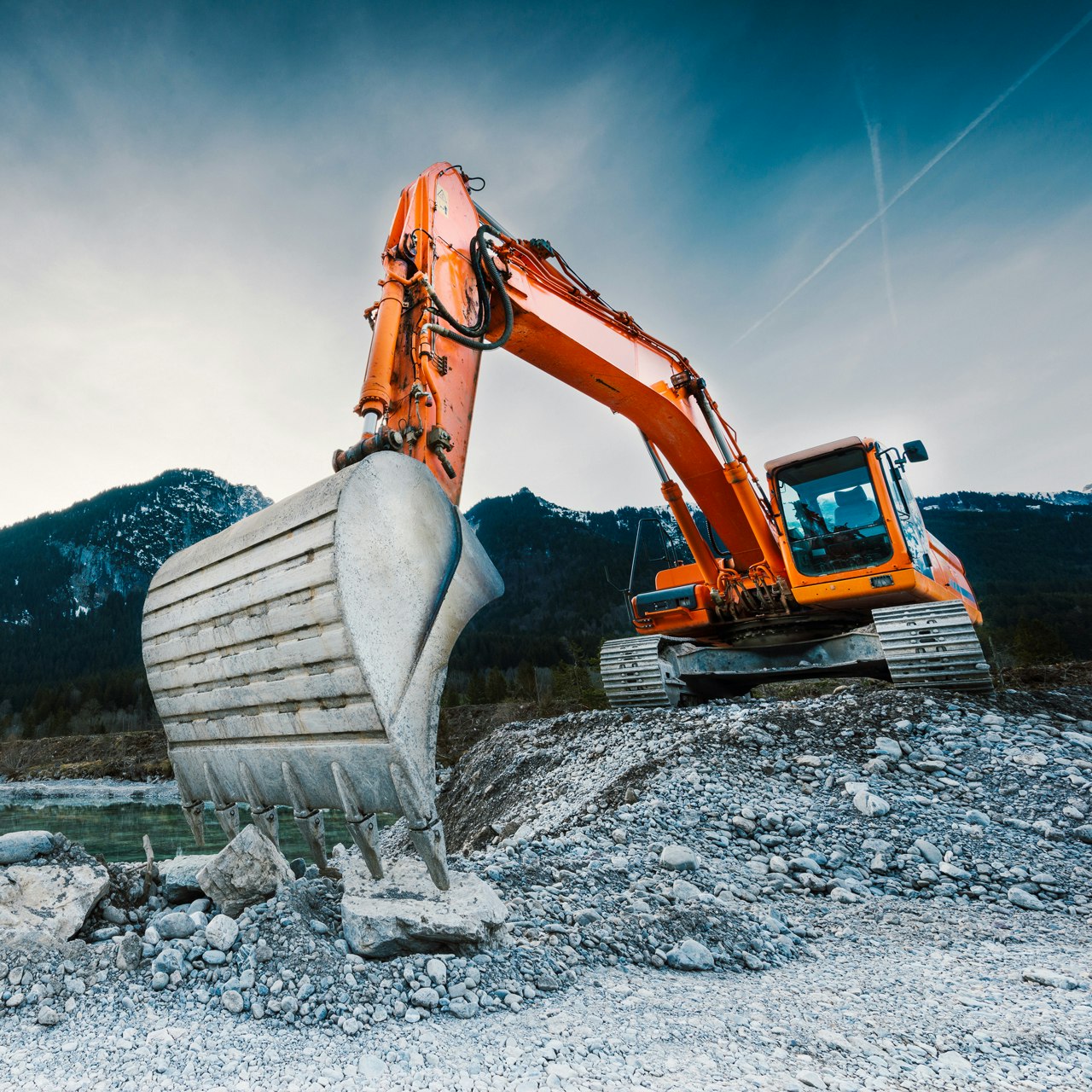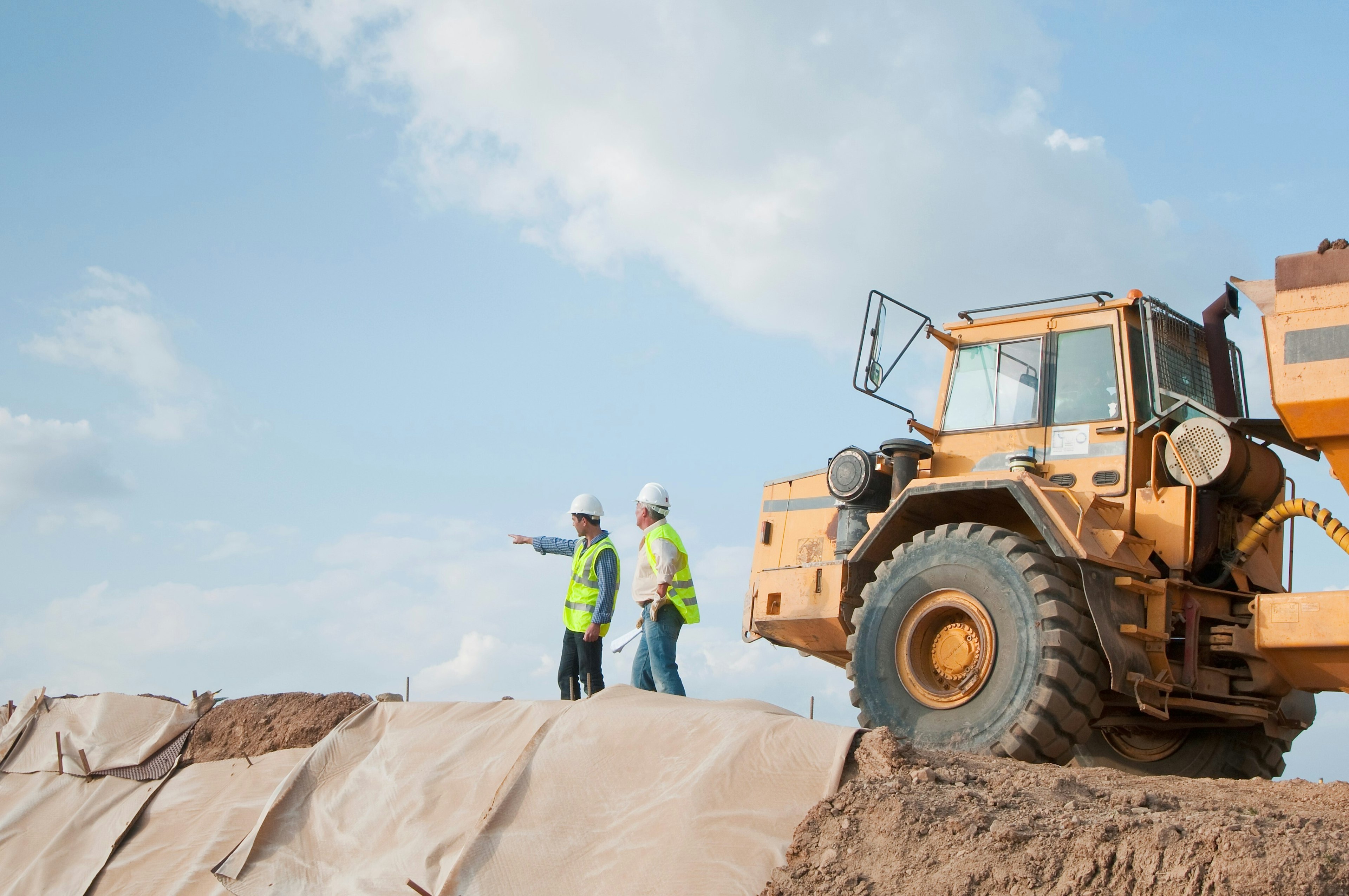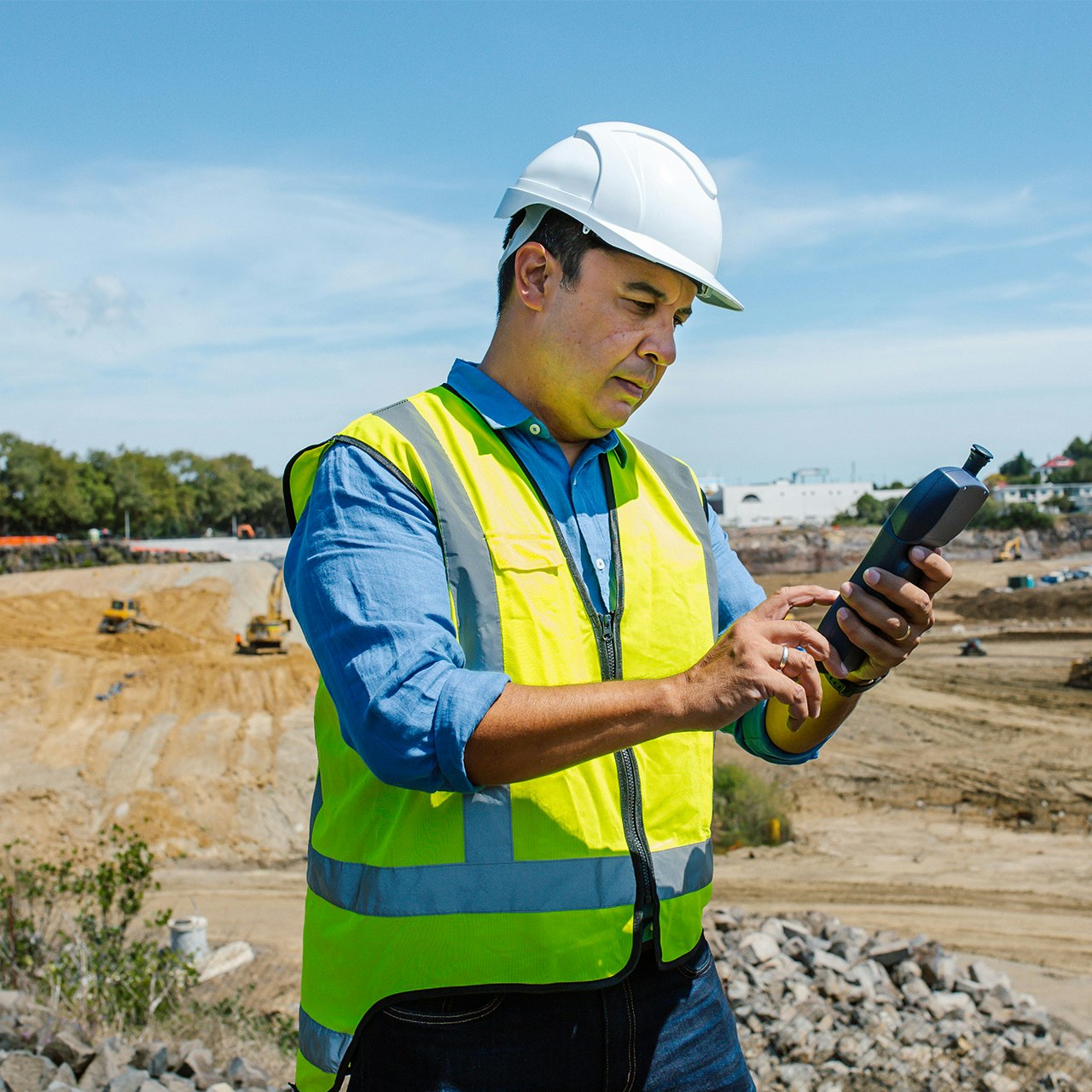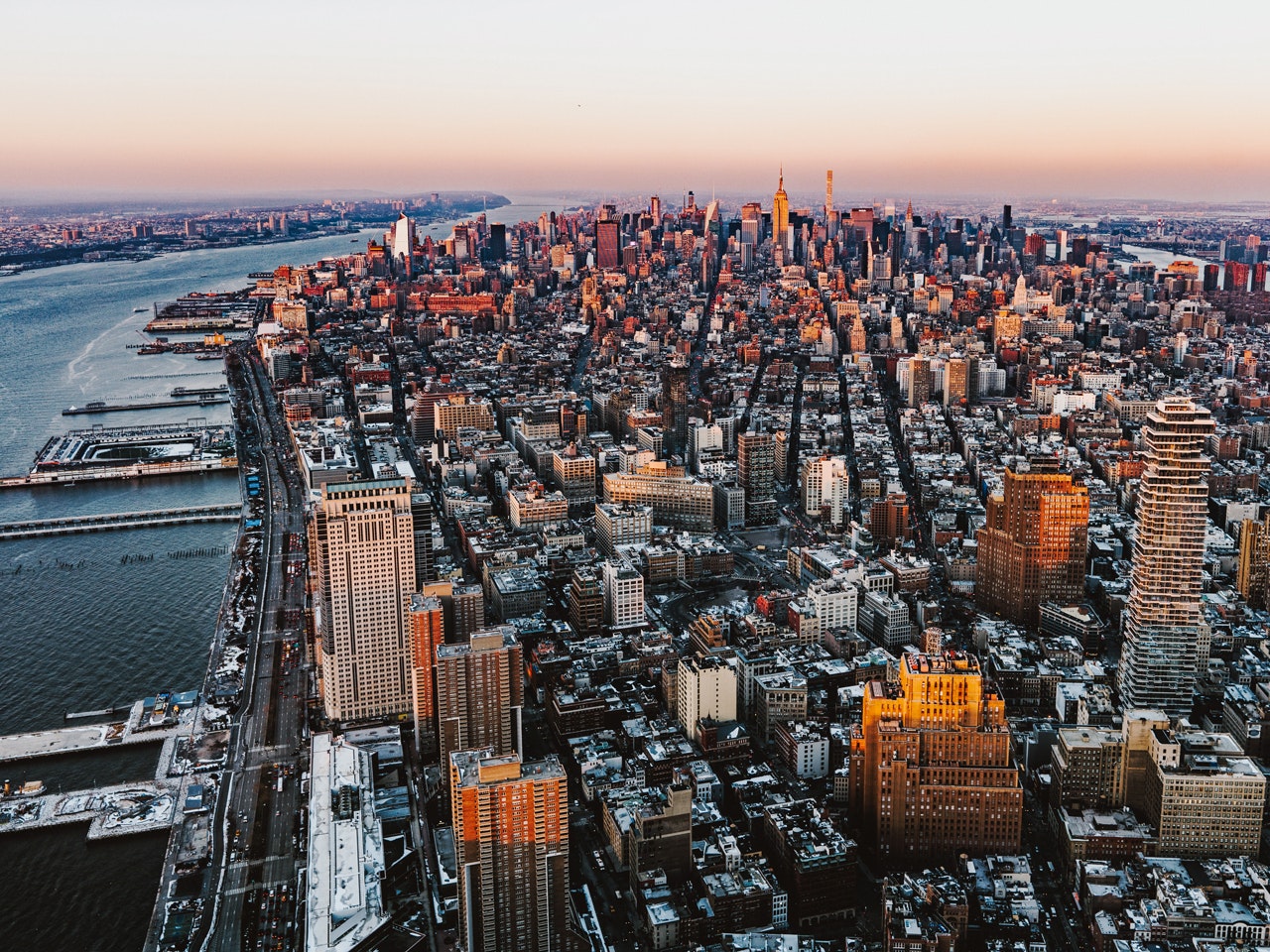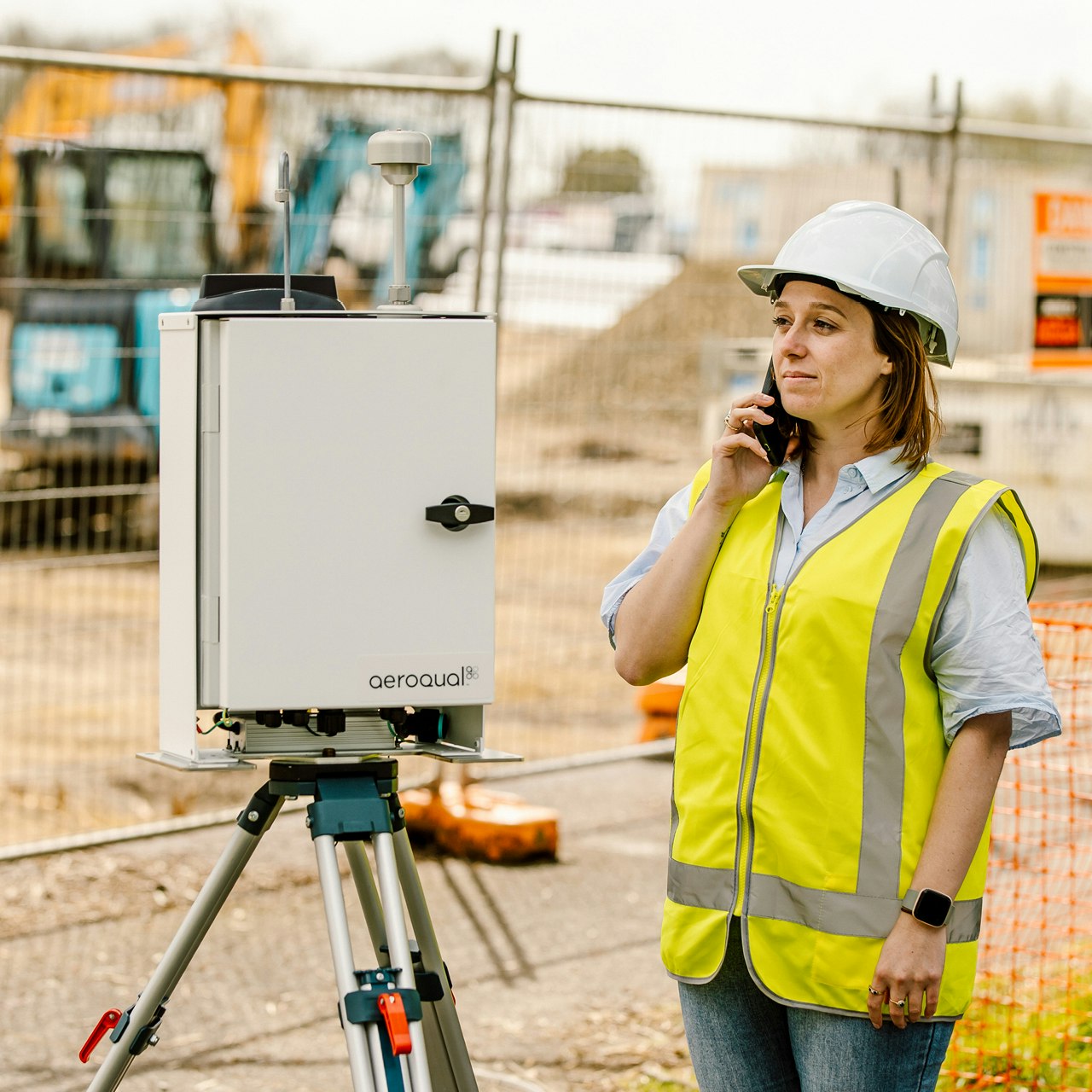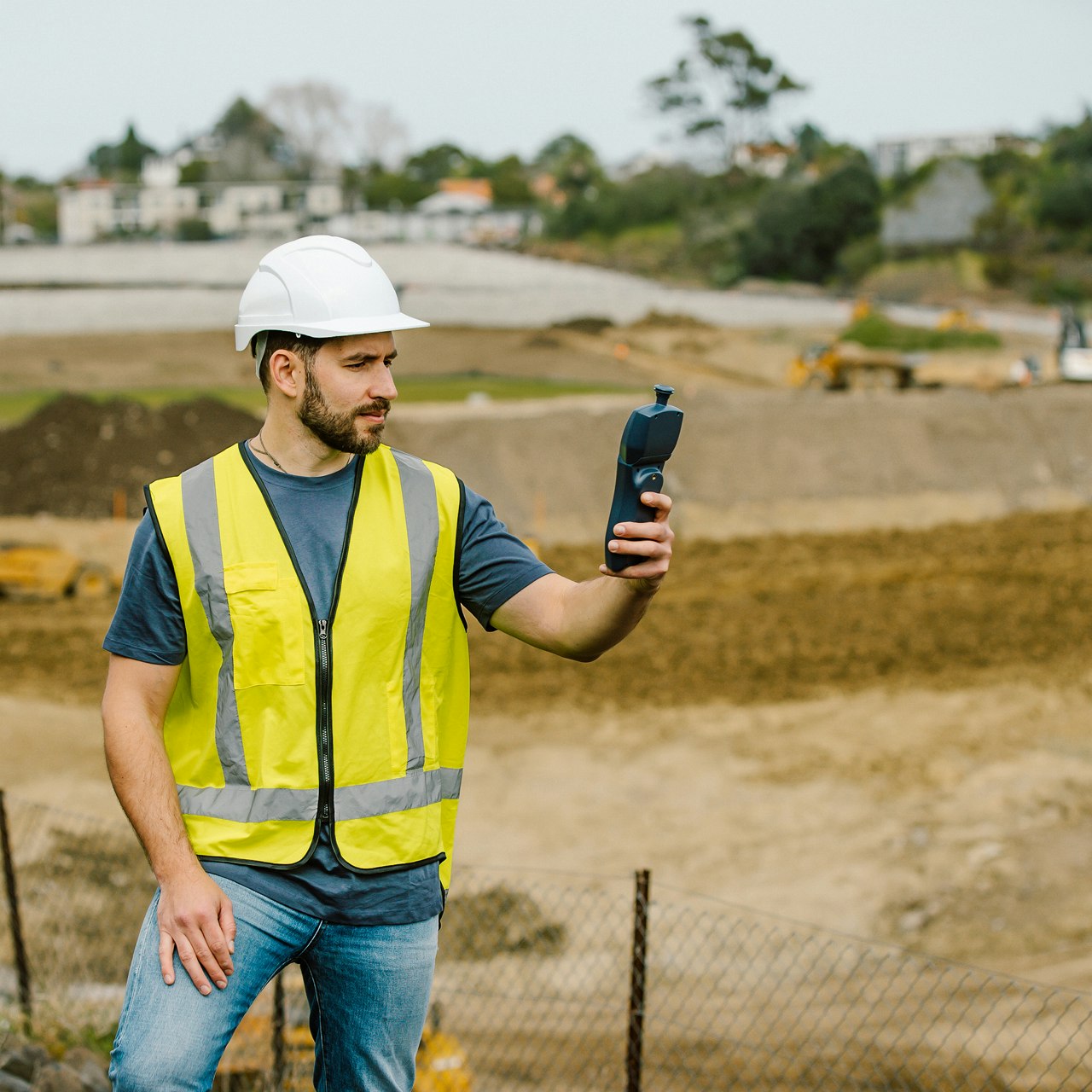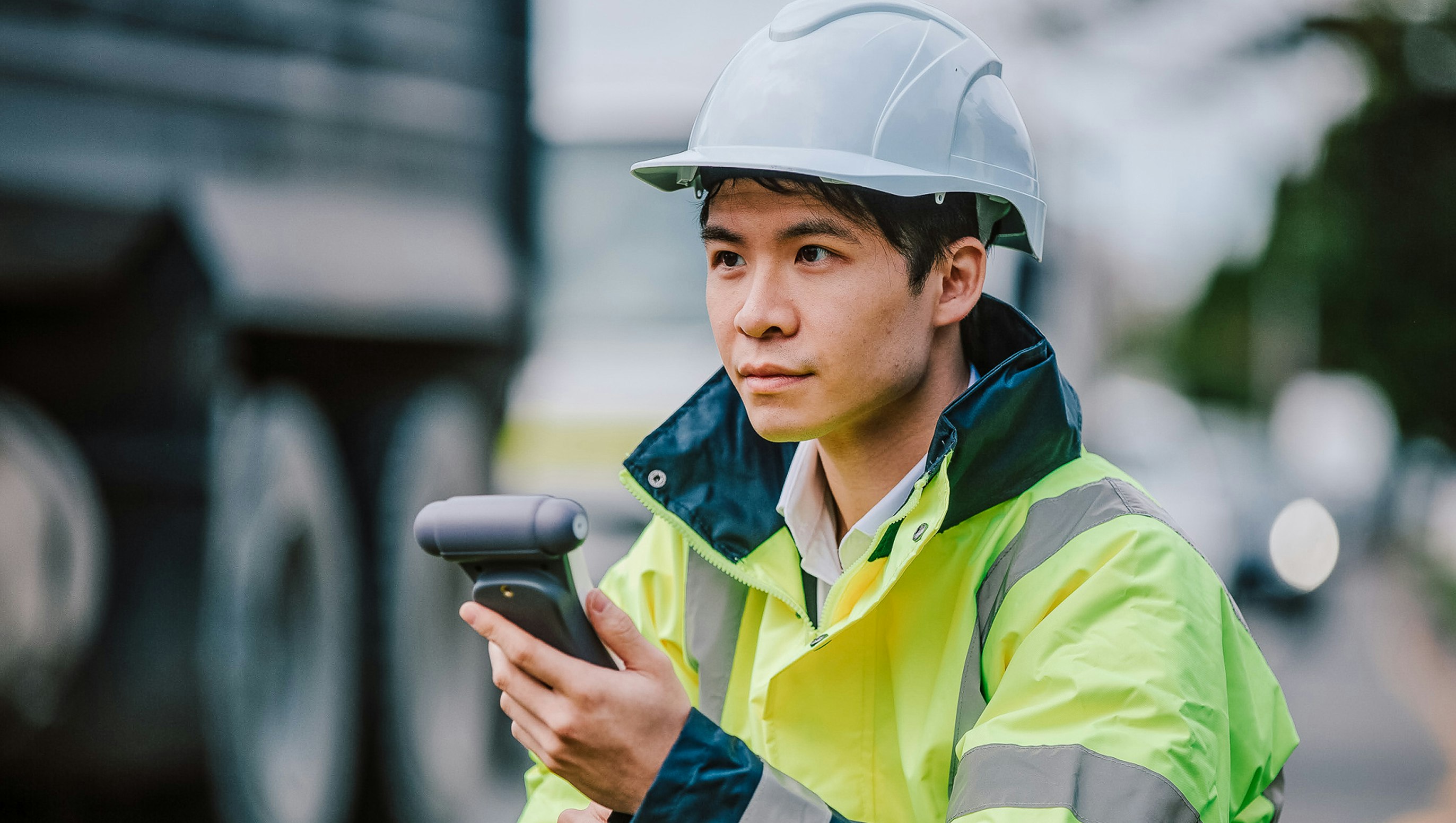About Aeroqual
Leader in Air Quality Monitoring
Aeroqual’s integrated monitoring and software systems make it simple and easy to measure the air.
Air is precious
The average person fills their lungs 20,000 times a day. Every breath brings in life-giving oxygen and carries carbon dioxide away.
As COVID-19 has demonstrated, we are incredibly vulnerable when we breathe. Nine out of ten people breathe air deemed unsafe. Every year 4.2 million people die from air pollution. Even as air quality improves for many people, scientists are lowering their estimates for what constitutes an acceptable risk. Air quality is not uniform; in the cleanest city people are exposed to highly localised pollution sources that mostly go undetected. Little surprise that air quality has become one of the defining issues of our time.
Enabling air quality professionals
Environmental, health and safety professionals are the people who protect us from the threat of bad air. At home, in the workplace and across our cities, these professionals are making decisions that affect the lives of 8 billion people. They do an incredibly important job, and they should be celebrated.
Unfortunately, the tools and processes those professionals use to make decisions are outdated, inefficient and unconnected. Their time is wasted collecting, collating and processing data – precious time that should be spent interpreting and acting upon what the data is saying.
Aeroqual is on a mission to change that. We’ve built a global air quality monitoring platform that takes the hassle out of air quality measurement and analysis, a toolset that frees our customers up to make the decisions that matter.
If air quality matters to you, please join us.
Our Team
Mark Templeton
Chief Executive Officer
Geoff Henshaw
Co-Founder & Chief Technology Officer
Andrew Moorby
Chief Financial Officer
Jeremy Turner
VP Operations and Supply Chain
Kara-Lucia Parkin
Head of People, Culture & Quality
Simon Bennett
VP Engineering
Simon Allen
Chief Commercial Officer (NAM)
Craig Loynes
Head of Marketing
Paul Pickering
VP Strategic Accounts (NAM)
Brian Newgent
Senior Account Manager (NAM)
Andy Christopher
Business Development Manager (NAM)
Robert Ford
Business Development Manager (NAM)
Dean Andrews
Channel Development Manager




